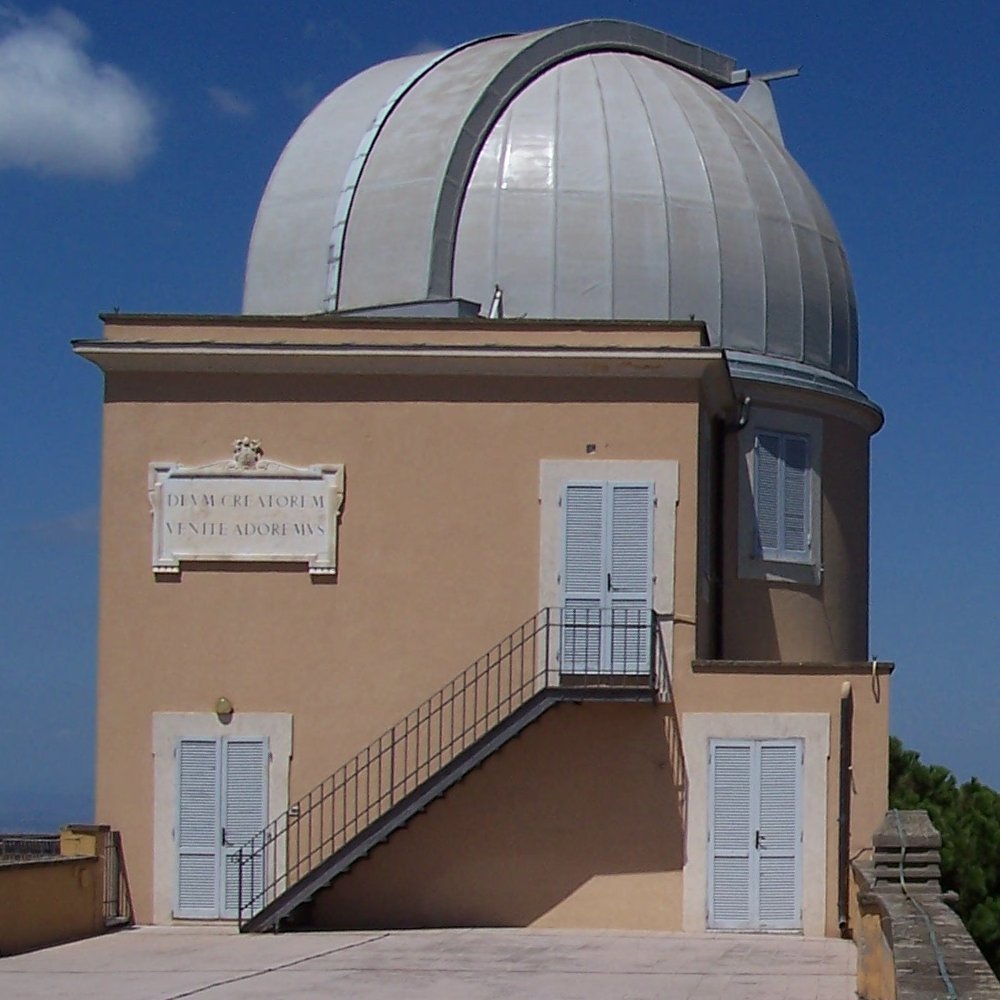V
Vico
Guest
Hi brown_bear !
brown_bear:
Thank you very much for your kind answer, it goes straight to my heartI saw the video, it seems very interesting to me, but I don’t have the knowledge to scientifically evaluate it.
.
The Gospel of Matthew tells us in detail only of the visit of the Magi.I have a question: if the star appears to the Magi on December 25, when Jesus is born, it should continue to shine for at least another 40 days, because the visit of the Magi is subsequent to the Presentation of Jesus in the Temple, am I right?
This star is visible in the sky of Jerusalem between April 7 BC and January 6 BC. and the only possible date for this visit (The Adoration of the Three Wise Men) is December 25.
But yes, you are right, the star is visible in the sky every evening until about January 15th, and than it disappears.
- Does the range of dates you used exclude year zero (since 1 AD was preceded by 1 BC)?
- Also is the date based upon current Gregorian calculation projected backwards?
- Have you read the analysis of the scripture that the Holy Family was traveling to the census which was not held in Winter, and also that the scriptural description does not fit with cold weather?

